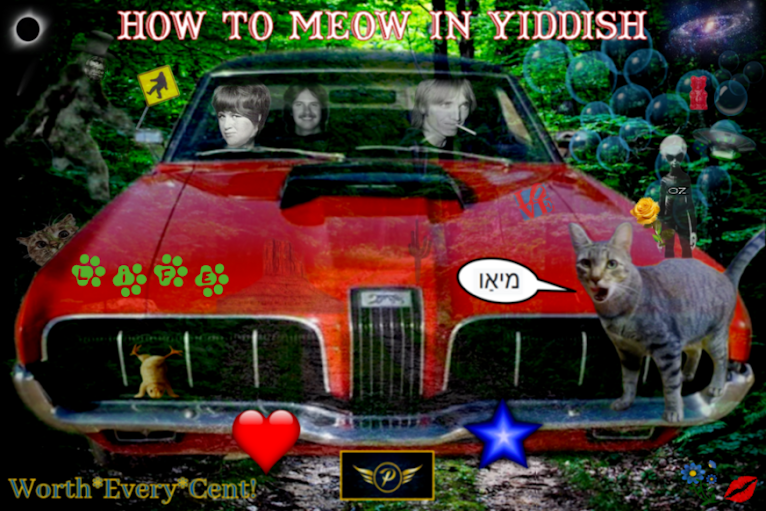Jabberwocky
BY LEWIS CARROLL’Twas brillig, and the slithy toves
Did gyre and gimble in the wabe:
All mimsy were the borogoves,
And the mome raths outgrabe.
“Beware the Jabberwock, my son!
The jaws that bite, the claws that catch!
Beware the Jubjub bird, and shun
The frumious Bandersnatch!”
He took his vorpal sword in hand;
Long time the manxome foe he sought—
So rested he by the Tumtum tree
And stood awhile in thought.
And, as in uffish thought he stood,
The Jabberwock, with eyes of flame,
Came whiffling through the tulgey wood,
And burbled as it came!
One, two! One, two! And through and through
The vorpal blade went snicker-snack!
He left it dead, and with its head
He went galumphing back.
“And hast thou slain the Jabberwock?
Come to my arms, my beamish boy!
O frabjous day! Callooh! Callay!”
He chortled in his joy.
’Twas brillig, and the slithy toves
Did gyre and gimble in the wabe:
All mimsy were the borogoves,
And the mome raths outgrabe.
In terms of its plot, ‘Jabberwocky’ might be described as nonsense literature’s answer to the epic Anglo-Saxon poem Beowulf: what Christopher Booker, in his vast and fascinating The Seven Basic Plots: Why We Tell Stories, calls an ‘overcoming the monster’ story.
A hero leaves home and goes out into the world in order to face down some evil; after encountering difficulties and tests of his bravery, he is triumphant and vanquishes his foe; and then he comes home again. It’s a story told again and again
in literature, from Beowulf to The Lord of the Rings. Of course it is also an example of what we would now call the fantasy genre: supernatural or fictional monsters or creatures feature (namely, in Carroll’s poem, the Jubjub Bird, the Bandersnatch, and, of course, the Jabberwock itself).
The structure of Carroll’s poem echoes this basic plot structure (‘overcoming the monster’) in two ways: through adopting the ballad metre traditionally used for poems telling such a story (that is, the four-line stanza, or quatrain form), and through repeating the opening stanza in the closing stanza, suggesting the hero’s return home after his adventure.
But is this where the chief appeal of the poem lies, when so much of the language Carroll uses is, clearly, nonsense?
After all, as well as being an example of a fantasy quest, the poem is also a masterpiece of linguistic inventiveness: every stanza is a feast of neologisms – new words, coinages, nonsense formations. Several of them have even entered common usage: ‘chortle’ (a blend of ‘chuckle’ and ‘snort’) and ‘galumph’ (meaning to move in a clumsy way) are both used by many people who probably have no idea that we have Lewis Carroll to thank for them. (‘Mimsy’, too, is often credited to Carroll – though it actually existed prior to the poem.)
The whole article is worth reading, though I think there is precious little nonsense there!
*!*
Now, in addition to all of this, I get a faint sensation that the poem could be about fitting a young fellow for life, with all a parent's good, but possibly futile advice.
And yet, in spite of all, the boy goes out and slays his indescribable monster. He is greeted back at home by his delighted, and no doubt, very relieved parent!
"Beamish boy!" has long been used by my own self as a term of approval and glee even. All the unfamiliar words somehow ring true. Maybe in some sense we all understand the bardic urge to mangle and improve on the language.
I would enjoy to know what you all think!




%20(1).jpg)
.jpg)

.jpg)

.jpg)




No comments:
Post a Comment